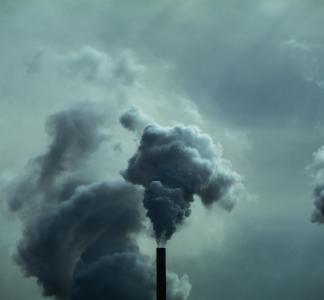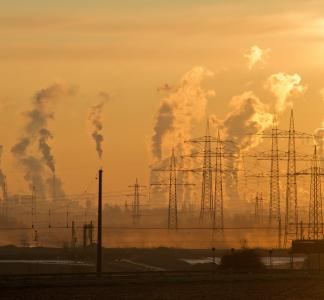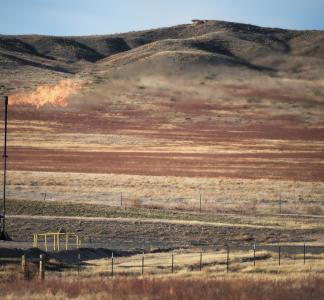How do we tackle climate change? Look no further than public lands
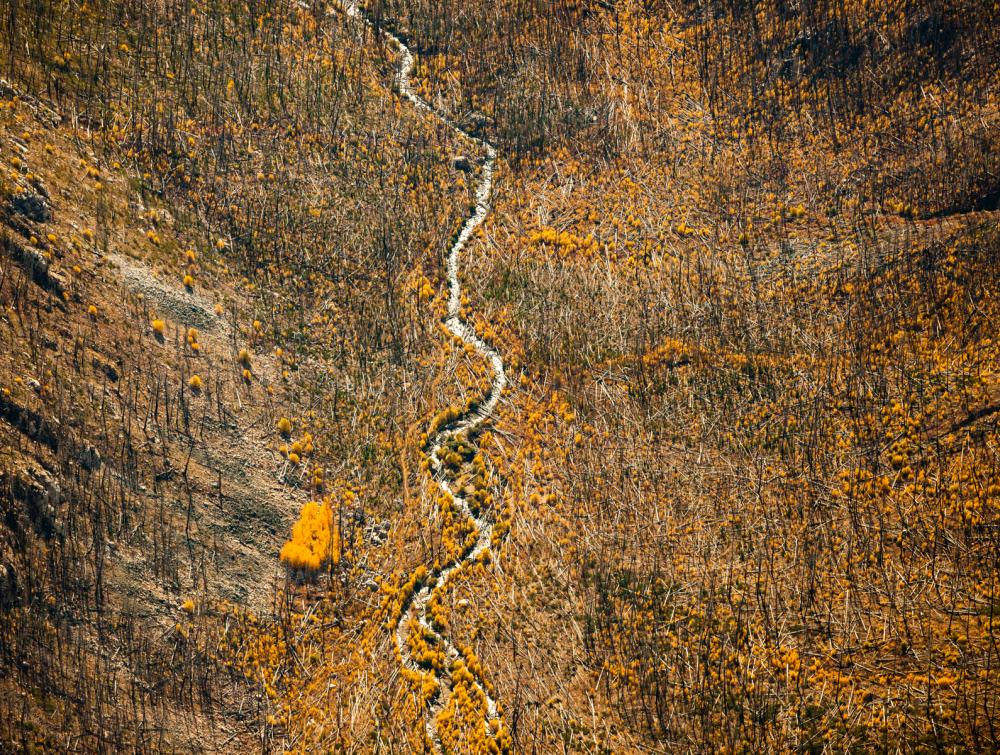
Climate change is pushing important ecosystems past their capacity to adapt
Benjamin Drummond
We have a climate solution right here in our backyard
A recent report by the United Nation’s Intergovernmental Panel on Climate Change (IPCC) found that land is at the very root of the climate change problem. Specifically, soil that has been changed due to human activities, including from farming and deforestation, releases an enormous amount of greenhouse gas emissions into the air – over the last decade, more than 23 percent of global emissions have come from land use.
The consequences are readily visible to the human eye. Landscapes all over the world are degrading –from desertification to overflooding. The changes are pushing important ecosystems past their capacity to adapt and are threatening the Earth’s already endangered biodiversity.
Scientists also found that lands can be a powerful asset against climate change
And we don’t mean faraway lands. Our very own public lands, including national parks and wilderness areas, can play an important role as the world searches for climate solutions.
For example, U.S. forests are a secret weapon that can help draw excessive carbon from the atmosphere. Trees have the power to store carbon in their leaves, branches and even roots. The country’s 154 national forests currently absorb about 10 percent of the nation’s total carbon emissions each year. But there’s potential for a lot more if we prevent deforestation and plant new forests.
Public lands also play a role in determining the amount of greenhouse gas emissions that we pump into the air. Currently, fossil fuel development located on public lands is responsible for almost one quarter of the country’s dirty emissions. We could turn public lands into a tool for confronting climate change by drawing down those projects and developing cleaner renewable energy projects instead.
Finally, public lands play a vital role in facing the climate impacts that are already here. National parks and other protected wildlands are essential to help the species that are being hit the hardest – including moose, polar bears and puffin birds—adapt to our new, harsh climate reality.
Here are five public lands that can help to slow down climate change and its impacts:
1. Tongass National Forest is a huge carbon sink
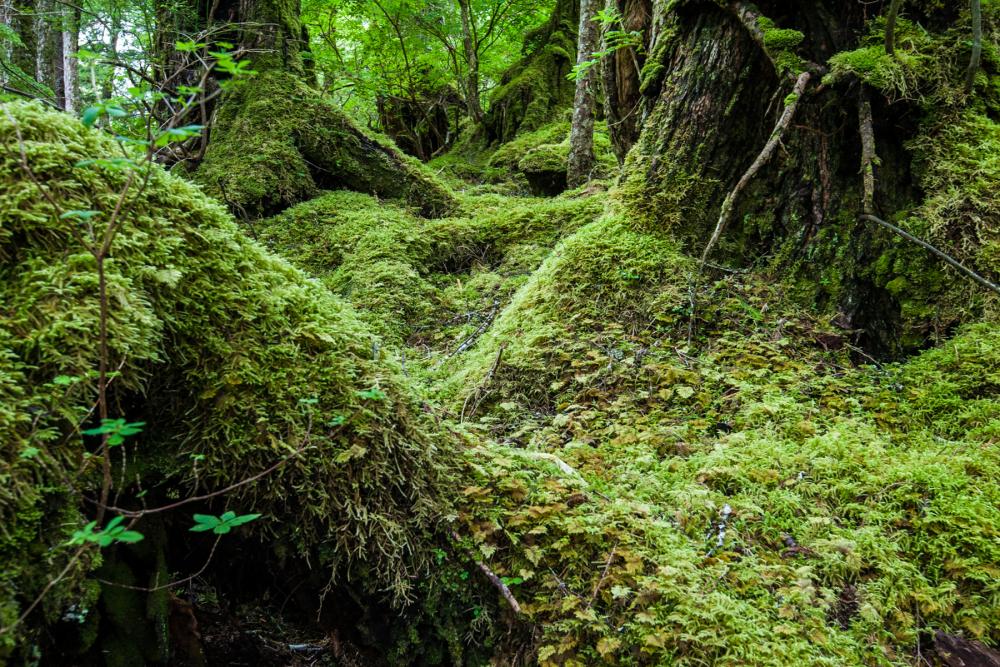
Tongass National Forest, Alaska
Nelson Guda
The Tongass National Forest in Alaska is a major asset in fighting climate change because it captures more carbon from the atmosphere than any national forest in the country.
The forest is home to some of America's oldest trees, including sitka spruce, western hemlock and western red cedar. When President Theodore Roosevelt signed a proclamation declaring the region a national forest in 1907, the landscape was already centuries old. It’s now considered the largest intact temperate rainforest in North America.
It’s easy to see why we need to protect this landscape at all costs. But the Tongass National Forest is currently under threat, as the Trump administration considers weakening the Roadless Area Conservation Rule, a measure that currently protects the wildest parts of our national forests from commercial logging, mineral leasing and other harmful development.
2. Southern Appalachia offers clues to surviving climate change
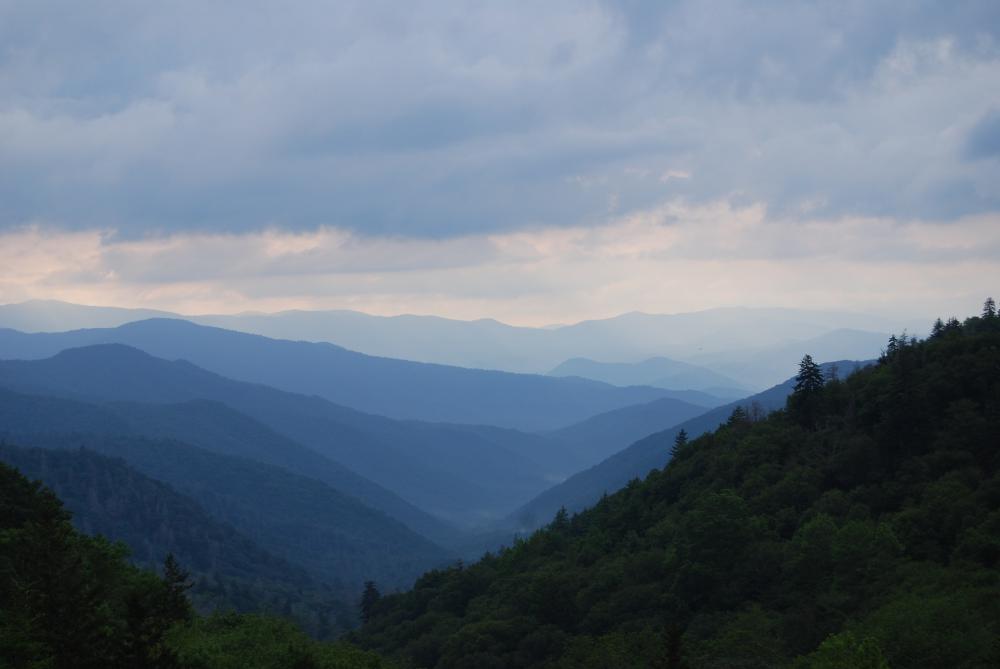
Great Smoky Mountains National Park in Southern Appalachia
Christine Jessel Grider/Pixabay
As scientists began studying the impacts of climate change, they observed something surprising: High-elevation forests in southern Appalachia have an incredible capacity to adapt to climate change while maintaining their biodiversity.
The secret could be the area’s diverse microclimates, which vary depending on the local topography. As temperatures climb, species are able to find their preferred temperature and weather conditions by relocating only slightly within the forest.
It’s not going to be like this forever. As the climate crisis worsens, the region is becoming susceptible to warmer temperatures, wildfires and extreme weather events. But the forest’s temporary resistance provides important clues about what it takes for wildlife to survive some of climate change’s impacts.
The landscape is also helping to preserve important plants and species as the world gets warmer. Appalachia is one of the world’s great centers of biodiversity, with over 10,000 plant and animal species recorded in the region. Just in the last decade, biologists discovered an entirely new type of salamander and an unknown flower in the region.
3. The Crown of the Continent provides a safe haven for wildlife
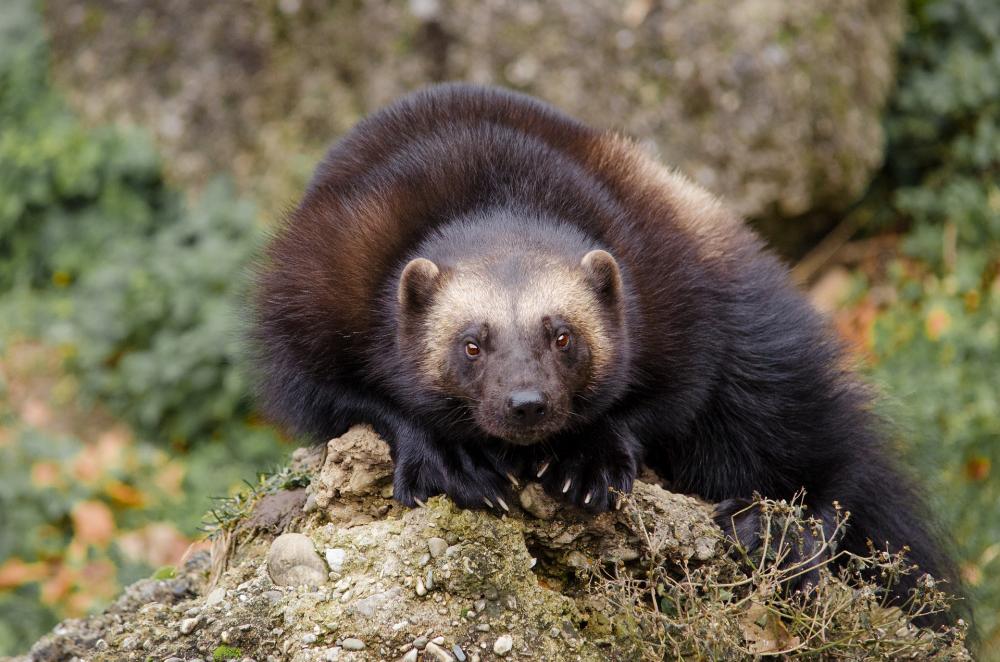
Carnivore species like the wolverine are seeing their habitats shrink due to climate change
Andrea Bohl/Pixabay
With temperatures rising and lands degenerating, it’s no surprise that wild animals are increasingly threatened.
In Montana, extended periods of warm weather are leading to shallower snowpack, melting glaciers and more severe wildfire seasons. As a result, carnivore species like the wolverine and lynx are seeing their habitats shrink. They depend on extensive snow cover to hunt, reproduce and raise their offspring.
Luckily, these animals often find refuge within the Crown of Continent, a combination of U.S. Forest Service lands, national parks, tribal territories and private property that spans over ten million acres between the U.S. and Canada. The vast undeveloped landscape allows species to move across large areas and find safe refuge as vegetation changes around them.
4. Dry Lake Valley is a solar paradise
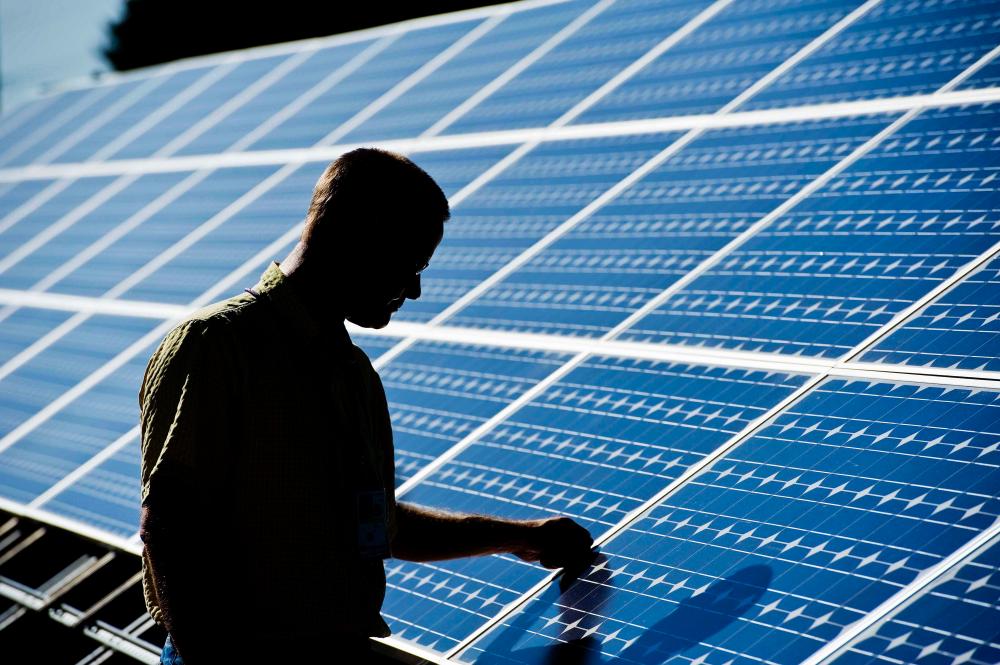
To tackle climate change we need to embrace renewable energy
Randy Montoya/Sandia Labs/Flickr
When we talk about public lands, it’s easy to envision national parks and monuments. But the country’s 640 million acres of federally owned territory also include a lot of undeveloped scrublands. The good news is that some of these places can also be a resource against the climate crisis.
To stop climate change in its tracks we need to reduce fossil fuel development and embrace renewable energy that releases almost zero climate emissions. Public lands are often the perfect spot for new clean energy projects, especially in places far from sensitive habitat that have already been disturbed by mining, development or construction of transmission lines.
A great example is the Dry Lake Valley, a desert area just outside Las Vegas that is surrounded by power plants and other industrial facilities. The grounds were recently transformed into two solar farms that will provide clean energy to 46,000 Nevada homes. Activists estimate that the project will prevent the release of a huge amount of dirty emissions – the equivalent of removing about 50,000 cars off the road.
5. Protect the Arctic, protect the world
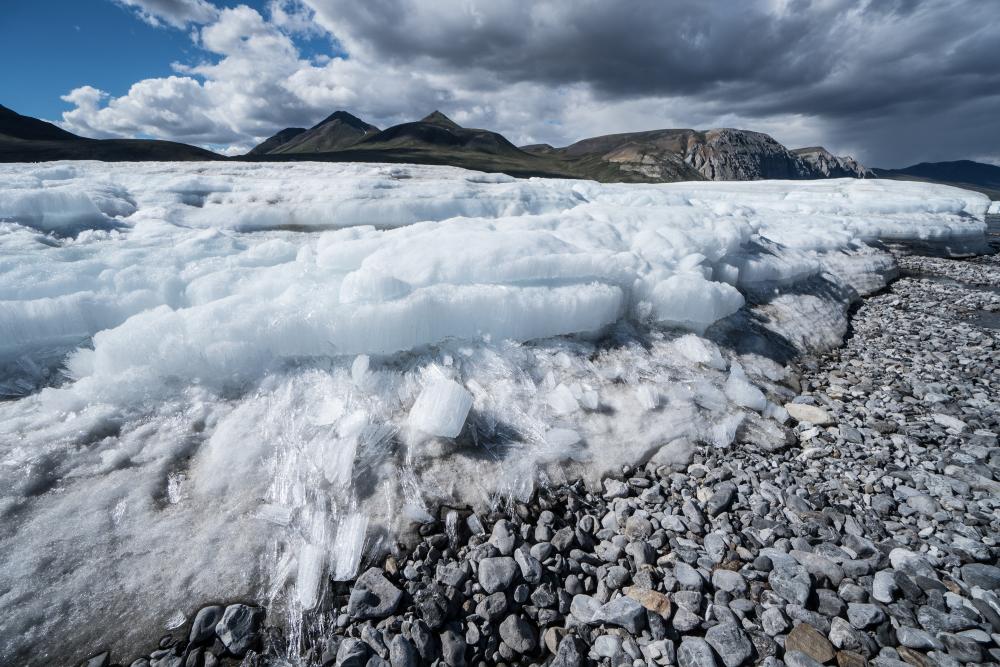
Temperatures in the Arctic are rising at a rate double the global average
Moe Witschard
Climate change alarm bells are sounding loud and clear, and some of the loudest ones are ringing out from the Arctic. Temperatures in the region are rising twice as fast as the global average, melting the region’s frozen soil, also known as permafrost.
To make matters even worse, what happens in the Arctic doesn’t stay in the Arctic.
The Arctic’s permafrost holds 1.5 trillion tons of carbon dioxide, twice the amount that currently floats in the Earth’s atmosphere. As the frozen soil melts, it releases carbon into the air, which will trap even more unwanted heat in our atmosphere and accelerate further melting. It’s a vicious cycle that can fuel warming in the rest of the world.
It’s clear we need to keep that carbon bomb in the ground by protecting what’s left of the Arctic from any damage. But for decades, fossil fuel interests have been trying to open the coastal plain of the Arctic Refuge to oil and gas drilling, a threat that has increased with the Trump administration’s “drill everywhere” agenda.
Other than harming a delicate ecosystem, unchecked fossil fuel extraction in the Arctic could have other negative effects. It would jeopardize the habitat of precious wildlife, including the caribou, polar bear and arctic fox, and hurt frontline communities like the indigenous Gwich’in people, who depend on the sacred Coastal Plain region of the Arctic Refuge for survival.
Public lands at the heart of land-based solutions
According to the United Nations, we’ll need intact forest areas, preserved landscapes and healthy ecosystems to limit global warming to 1.5°C (2.7°F) above modern-day temperatures, the threshold for avoiding the worst consequences. Our public lands are a major part of the solution, but reckless development and unchecked oil and gas drilling can undercut that advantage.
Failing to protect our shared wildlands would set us back on our climate fight and endanger wildlife and local communities. We can’t take that risk.
